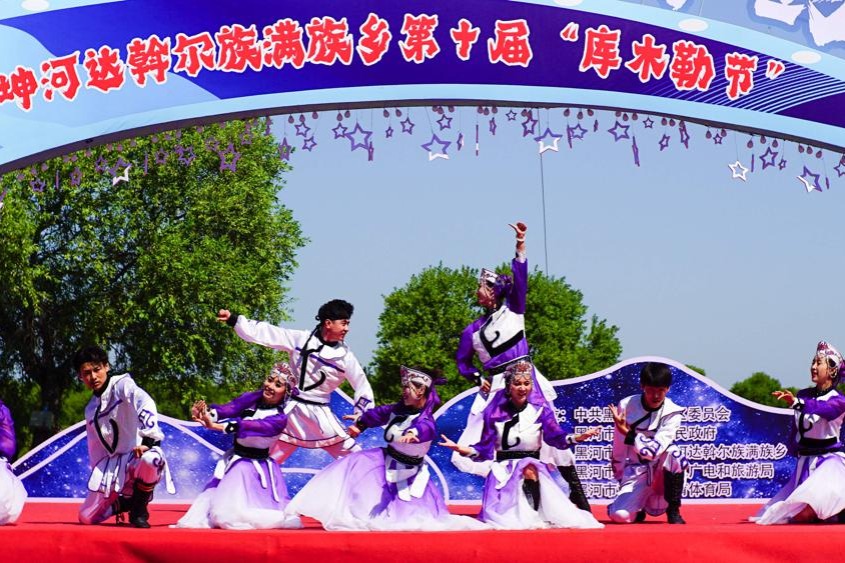AI revolution transforms learning for students in China's Chongqing


CHONGQING -- Sixth-grader Zhang Tienan focused intently as he tapped his tablet to skillfully navigate a drone he had designed through a complex aerial "maze" at the playground.
"Getting drones to execute my programmed routes gives me a real sense of achievement," said Zhang from Lijia Experimental Primary School in Southwest China's Chongqing municipality, who won first prize in the national youth drone competition last year.
This fusion of creativity and technology at the school embodies the country's ambitious pledge to universalize AI education in primary and secondary schools by 2030.
Nestled in Chongqing's tech-driven Liangjiang New Area, the school has pioneered AI integration since its founding in 2019, evolving from a small cohort of nearly 200 students exposed to coding to a nationally recognized AI education base.
Principal Jiang Junbin's vision of "future-oriented education" took flight with programming as the cornerstone. First-graders are taught to tackle coding fundamentals, yielding fruitful early results. Over 100 competition awards were clinched by students within a year or so.
The success paved the way for establishing a comprehensive Junior AI Academy, featuring specialized labs for robotics, drones and 3D printing. Today, students navigate more than 10 AI-related courses.
The school's innovative dual-teacher approach combines online instruction with in-person guidance. While a "cloud teacher" delivers interactive lessons via screen, classroom teachers facilitate hands-on problem-solving activities.
The model allows students, for example, to debate geometry with ancient mathematicians via AI avatars, generate vocabulary-learning stories through algorithms, and animate complex math concepts.
"Previously, geometric transformations existed only in imagination," said math teacher Li Weiying. "Now, AI-generated animations turn abstract concepts into tangible experiments."
The AI-powered transformation has also reshaped teaching. According to a white paper on smart education, AI is comprehensively transforming educational content, governance, paradigms and teaching methodologies to establish a future-oriented education system and realize intelligent education.
IT instructor Zhao Bingxue recalled that "Designing robotics courses from scratch with unfamiliar equipment was daunting." Benefiting from the school's evolving AI course infrastructure, she crafted relatable scenarios to demystify computational thinking.
According to Tian Zuyin, director-general of the Department of Basic Education at China's Ministry of Education, China has built the world's largest digital education platform for basic education -- Smart Education of China platform for primary and secondary schools -- offering over 110,000 high-quality resources across all subjects and grades, inside and outside the classroom.
"In class, it's not enough to just let students experience the preliminary application of technology. More importantly, we must clearly explain the underlying logic," Zhao said.
Principal Jiang also outlined an ambitious next step for the school. "We will deepen AI courses to include machine learning and data analytics while expanding interdisciplinary projects. Our goal is to cultivate systemic innovation capabilities," he said.
As Zhang's drone landed flawlessly after its AI-guided flight, a classmate's digital avatar cartwheeled across the screen. In these classrooms, the Ministry of Education's 2030 vision is already coming to life, with one animated sketch, one soaring drone, and one spark of computational creativity at a time.
- China's job market stable, urban unemployment rate at 5.2% in H1
- Lhasa Beer Festival blends tradition with modernity
- Beijing introduces temporary no-fly zones for upcoming commemorative events
- Dual metropolises in SW China issue heat alerts
- China launches summer campaign to tackle harmful online content targeting minors
- Xi's article on unswervingly advancing high-standard opening-up to be published





































